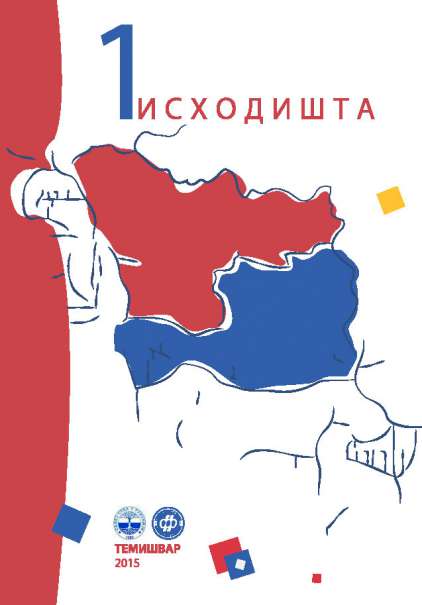СТИЛИСТИЧКА ФУНКЦИЈА ДИЈАЛЕКТИЗАМА У РОМАНУ „ВРЕМЕ КОКОШКИ“ ДОБРИЛА НЕНАДИЋА
STYLISTIC FUNCTIONS OF DIALECTISM IN THE NOVEL VREME KOKOŠKI BY DOBRILO NENADIĆ
Author(s): Milka V. Nikolić, Vidan V. NikolićSubject(s): Serbian Literature, South Slavic Languages, Stylistics
Published by: Universitatea de Vest din Timişoara
Keywords: Serbian witer Dobrilo Nenadic; the novel Vreme kokosi; stratification of language; dialectism; stylistic function; the writer’s creative process;
Summary/Abstract: The contemporary Serbian writer Dobrilo Nenadić (1940) uses ekavica pronunciation and spelling. The subject of our research is the language in Nenadic’s novel Vreme kokoši (2013), which is specific because for the first time in the Serbian beletristics we have the appearance of the palatal sounds marked with the graphems taken from the dialectology: Ś (śednica) и Ź (iźelica).The language in the novel Vreme kokoši is observed from the stylistic aspect, i.e. how much dialecticisms in combination with other forms of stratification of language contribute to building a linguistic picture of the world in the novel. The aim of this paper is to examine the value of the writer’s creative process by which the graphemes which do not exist in the standard language are entered in the written text. With these graphemes, in the written text, you can mark dialectic features of the hero’s speech. The conclusion: (1) with this procedure the writer is able to bring regional issues to the universal sense; (2) in this way a „regional“ novel contributes to the enrichment of the language with new expressive possibilities.
Journal: Исходишта
- Issue Year: 1/2015
- Issue No: 1
- Page Range: 333-342
- Page Count: 10
- Language: Serbian

